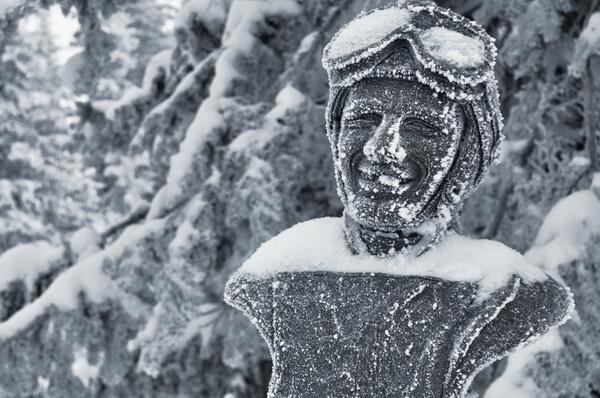
If you are a Steamboat Springs, Colorado, skier, you may be familiar with the Buddy Werner statue and the tradition of tapping the bronze statue for good luck. However, 60 years after his death, memories about this legendary skier might be fading, so we wanted to use the anniversary of his untimely death at only 28 years of age this April to celebrate the incredible career of this American Alpine skier that has paved the way for American ski racing for future generations. For a decade, Buddy was synonymous with American ski racing and his legacy paved the way for generations of skiing athletes.
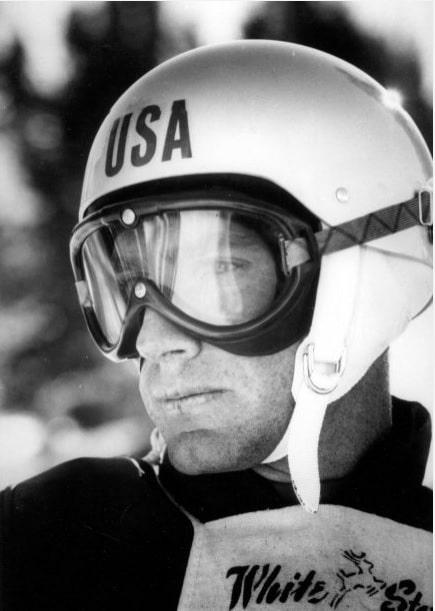
Born in Steamboat Springs, Colorado in 1936, decades before Steamboat was even a resort, Wallace “Buddy” Werner was the second of three children. Buddy and his siblings Gladys Maxine “Skeeter” and Loris “Bugs” Werner grew up skiing on Howelsen Hill, the oldest continuously operating ski area in North America. All three siblings ended up becoming national alpine athletes and Olympic athletes.
Buddy made the U.S. National Ski Team at only 17 years of age and in the 1953/54 season won a Downhill race at the Holmenkollen Festival in Oslo, Norway, in February 1954, becoming the first American to win at an international ski competition. The 1953/54 ski season ended prematurely for Buddy when he sprained an ankle skiing over a tree, meaning the talented skier missed out on the World Championships in Åre, Sweden. However, Buddy had left an impact on the previously European-dominated skiing competitions and he was back for the 1954/55 season and made the U.S. Olympic Ski Team for the 1956 Winter Games in Cortina d’Ampezzo, Italy, together with his sister Skeeter. The siblings were the only Americans to compete, so they had to organize everything themselves, from travel to training. Buddy finished in 11th place in the men’s Downhill at the Olympics and Skeeter in 10th place in the women’s Downhill.
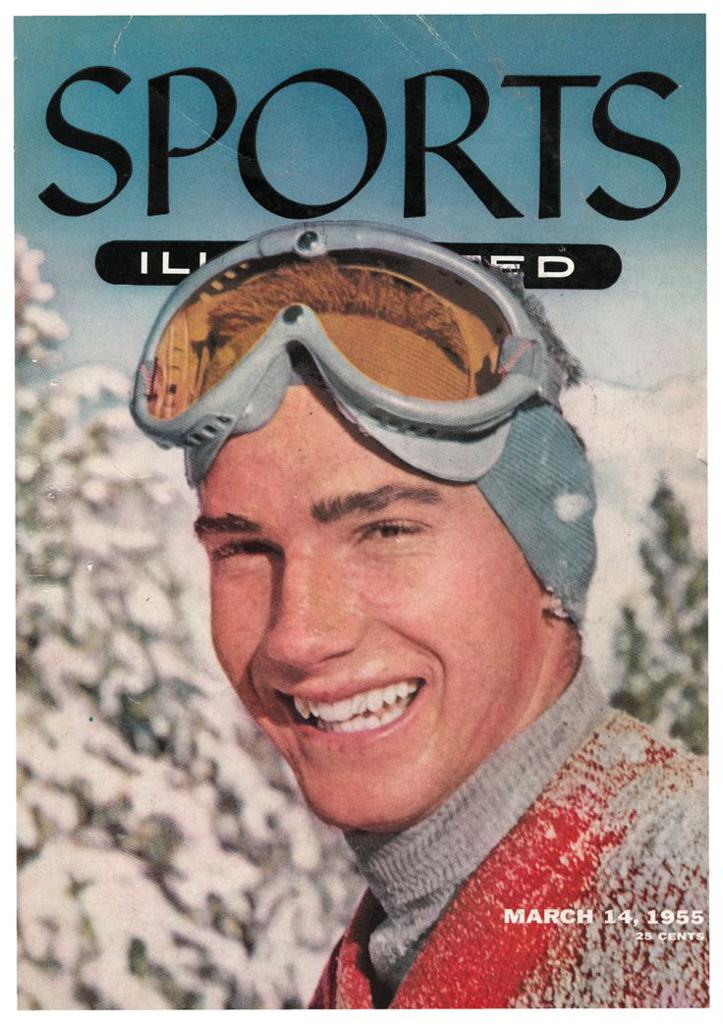
Buddy again qualified for the 1960 Winter Games at Squaw Valley but could not compete due to a broken leg. He had a third shot in 1964 in Innsbruck, Austria, where he placed eighth in Slalom and 17th in Downhill. While he never won an Olympic race, Buddy won a slew of international competitions, and made history by becoming the first American to ever win the Hahnenkamm race on the Streif in Kitzbühel, Austria, as well as the Lauberhorn combined race in Wengen, Switzerland (the first American to win the Downhill on the Lauberhorn was Bill Johnson in 1984). Even back in those days, the Streif in Kitzbühel was considered the most fearsome on the World Cup circuit.
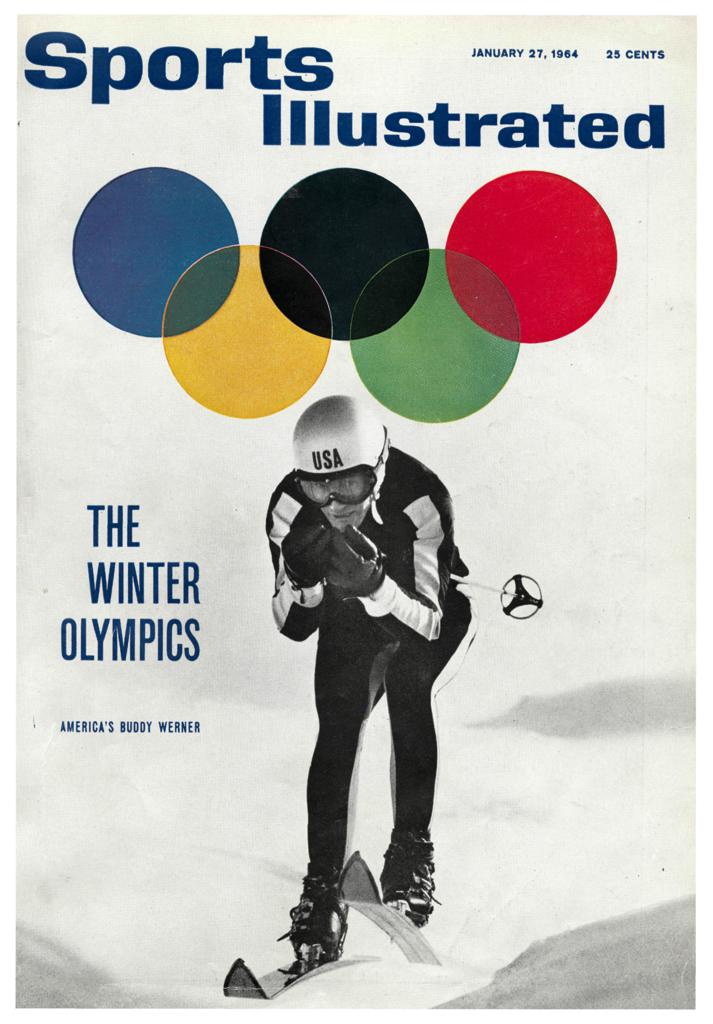
Following the 1964 Olympics, Buddy announced his retirement, days after his 28th birthday. He had started a ski shop with his siblings in Steamboat Springs and was intending to focus on the business. He however agreed to help retired ski-racer and friend Willy Bogner Junior to act in his first-ever ski movie “Ski- Fascination” alongside such legends as Toni Sailer and Jean-Claude Killy. The movie was being filmed in St. Moritz, Switzerland.
While skiing down from Trais Fluors to Marguns down a south-west facing steep run at the Selin Bowl on April 12, 1964, an avalanche broke around 10:10 a.m., which some of the group of 14 skiers, including Buddy and fellow Olympian Barbi Henneberger, Bogner’s fiancé, managed to outski. The 14 skiers had been skiing short turns side by side like a pearl’s necklace. The avalanche broke after the last skier had started. Bogner had started first and was able to avoid the avalanche by skiing behind a rock. Some tried to outski the avalanche while others were toppled over and swept away.
Barbi and Buddy also managed to outski the avalanche down the hill, however, the pressure changes in the air from the first avalanche triggered an avalanche on the other side of the mountain which swept Buddy and Barbi away. 10 members of the group were not buried or only partially buried and were able to free themselves without any bodily harm. Two further skiers were found buried but were located by their ski equipment poking out of the snow and were also unharmed. Unfortunately, 28-year-old Buddy and 24-year-old Barbi could not be found. Their bodies were located hours later by search and rescue teams, around 2:40 p.m. under 8-10 feet of snow and despite best efforts by doctors at the site could only be pronounced dead.
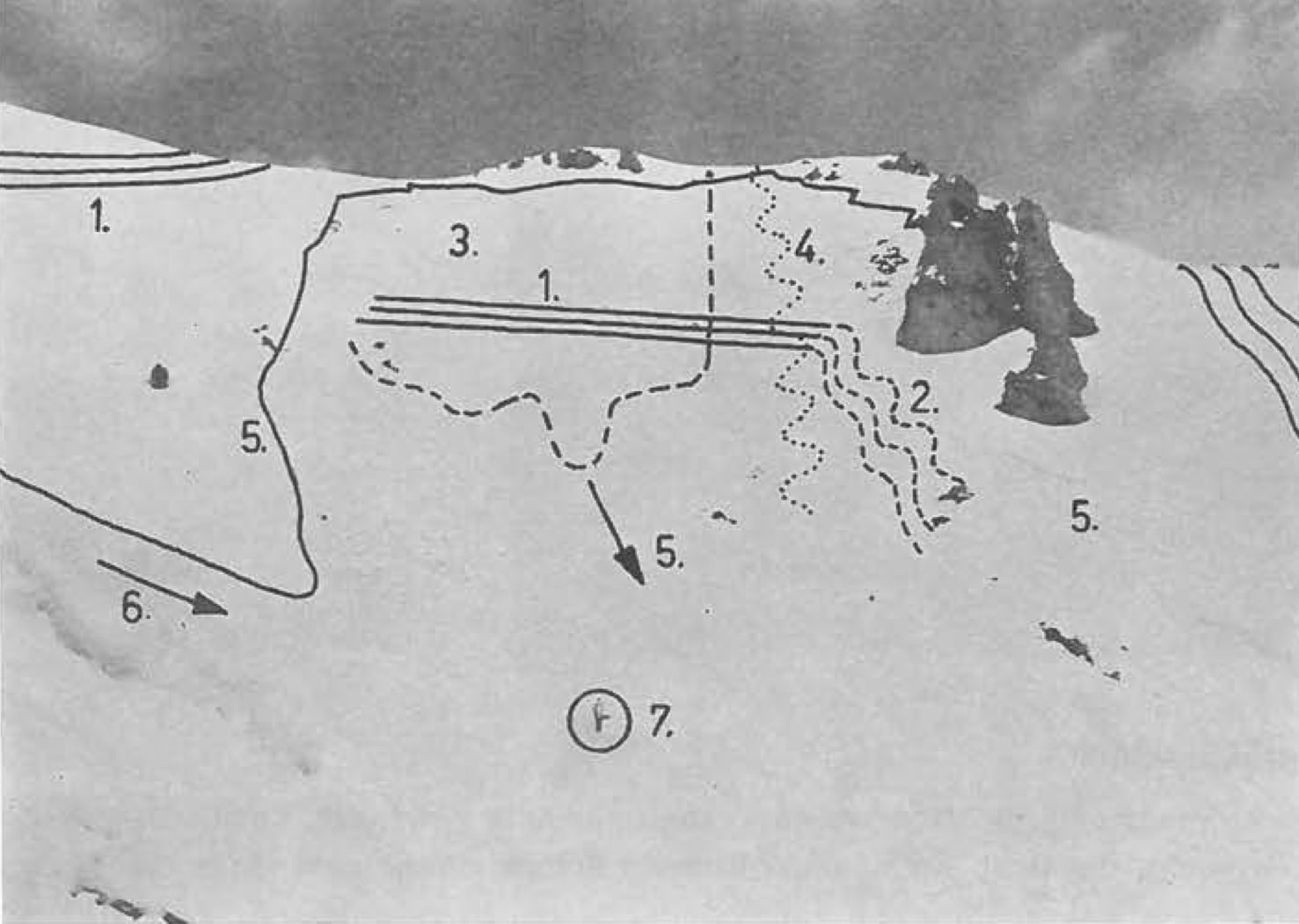
Buddy and Barbi’s death shocked the ski world across both continents and their respective funerals were attended by thousands of mourners. Avalanche danger had been elevated at the time and Bogner had been warned about the risk, resulting in him being charged with reckless murder of his fiancé Barbi and his friend Buddy. He was acquitted of the murder charges but received a two-month suspended sentence for manslaughter. Bogner wanted to abandon the movie project, but both Buddy’s and Barbi’s closest relatives asked him to finish his work to honor their lives. The movie ultimately paved the way for the genre of ski movies.
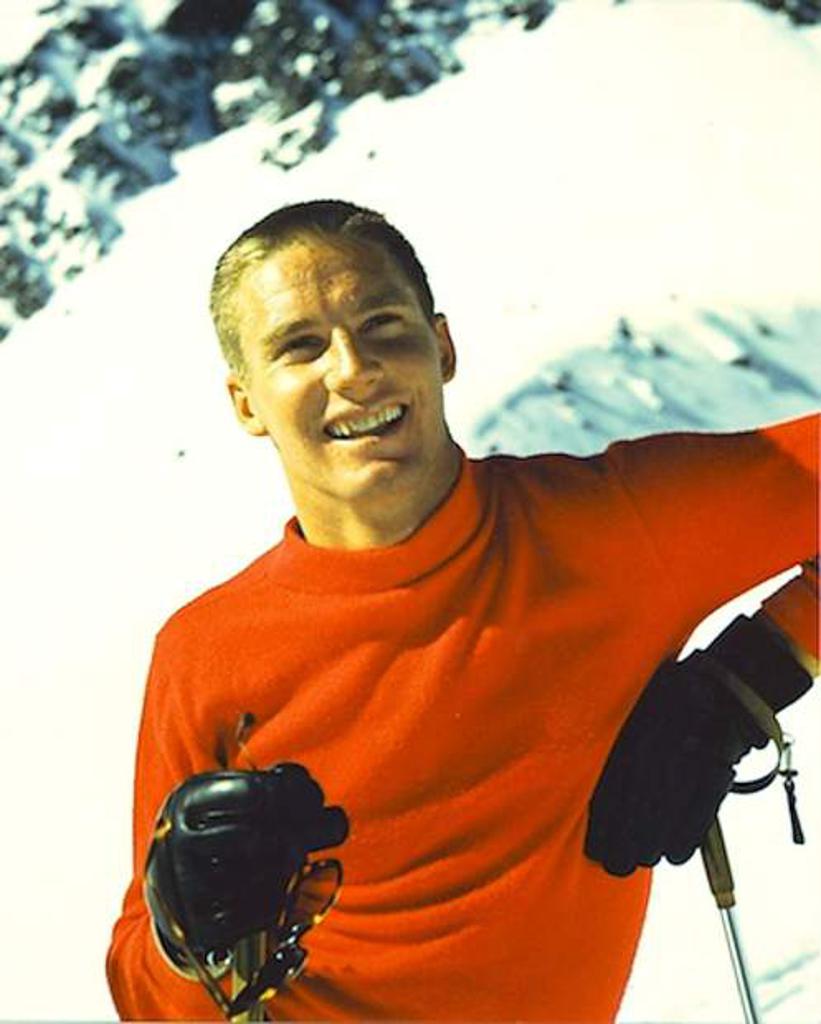
In 1965 Storm Mountain, a 10,568 feet peak in in Steamboat Springs, was renamed Mount Werner in an act of Congress. A bronze statue stands to this day at the top of Mount Werner at the start of “Buddy’s Run” named in his honor. Many skiers will pay tribute to one of America’s greatest athletes and a pioneer in American ski racing. Buddy was posthumously inducted into the Colorado Hall of Fame in 1967, having left an indelible mark on the ski racing world in America. In addition, the city library in Steamboat Springs was named for Werner in 1967 and the ‘Buddy Werner League’ is a national youth ski racing program to this day.
Buddy is survived by his brother Loris and his wife Vanda Werner (nee Norgren). Loris was VP of Mountain Operations and Mountain Manager at Steamboat Springs from 1981-1984. Buddy’s sister Skeeter sadly died of cancer in 2001.
In Memoriam
Wallace “Buddy” Werner
February 26, 1936
April 23, 1964